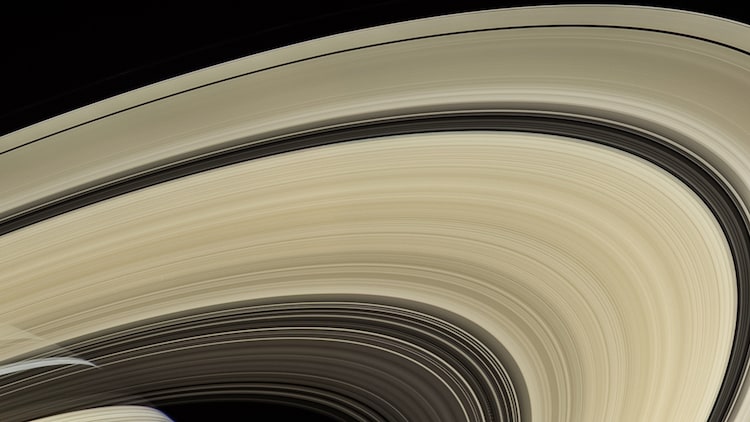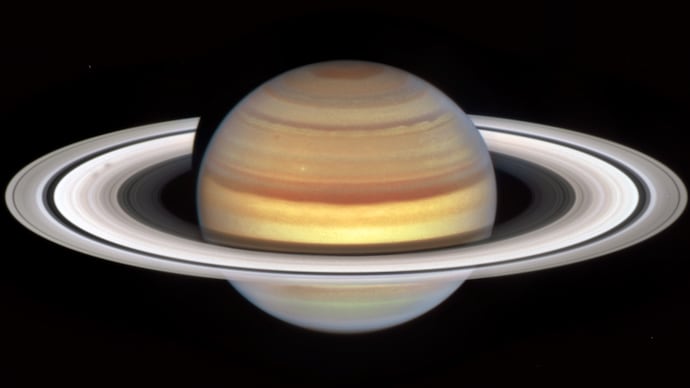
Saturn's rings are young, but they will disappear in...
Three studies using data from Nasa’s Cassini mission have revealed evidence suggesting Saturn’s rings are both young and ephemeral.

In Short
- Three studies using data from Nasa’s Cassini mission have been published
- The origin and life of Saturn's rings can be gauged
- The rings of Saturn are made entirely of ice
Known for its majestic rings circling the length and breadth of the planet, Saturn has remained a wonder of the Solar System. The rings were first spotted by Galileo Galilei in 1610 and it has fascinated astronomers ever since.
A series of new studies now shed new light on the age of these rings, indicating that they might not be around when Dinosaurs walked on Earth and they will not remain around Saturn forever.
Three studies using data from Nasa’s Cassini mission have revealed evidence suggesting Saturn’s rings are both young and ephemeral.
THE ORIGIN STORY
Analysing the mass of these rings, astronomers have suggested that the origin and life of these circles can be gauged by looking at how quickly incoming debris is added, and how that influences the way the rings change over time.
Also Read | Hubble picks up mysterious spokes on Saturn in spectacular new images
Led by researchers from the University of Colorado, the study hinted that the micrometeoroids, which form the rings after being captured by Saturn's mammoth gravity, are not coming in as fast as scientists thought, and scientists suspect that these rings could not have been exposed to this cosmic hailstorm for more than a few hundred million years.
Saturn's age, on the other hand, is 4.5 billion years, the same as the Solar System at 4.6 billion years.
ON COLLISION COURSE
It is to be noted that the rings of Saturn are made entirely of ice and less than a few percent of their mass is non-icy “pollution” coming from micrometeoroids, such as asteroid fragments smaller than a grain of sand.
The second paper led by researchers from Indiana University looked at the physics governing the long-term evolution of the rings and studied the micrometeoroid bombardment and the way debris from those collisions gets distributed within the rings.
They found that the rings could have reached their current mass in just a few hundred million years and formed when unstable gravitational forces within Saturn’s system destroyed some of its icy moons.​

“The idea that the iconic main rings of Saturn might be a recent feature of our solar system has been controversial, but our new results complete a trifecta of Cassini measurements that make this finding hard to avoid.” Cuzzi also served as the Cassini mission’s interdisciplinary scientist for Saturn’s rings," Jeff Cuzzi, a researcher at Ames and co-author on one of the recent papers, said in a statement.
YOUNG, AND SHORT-LIVED
But, how fast will these rings disappear?
The third paper analysed this question as research has revealed that the rings are losing mass quickly, as material from the innermost regions falls into the planet. The team from Indian University looked at micrometeoroid collisions in the rings and found that the debris gets hurled outward and combines to create a sort of conveyor belt of motion carrying ring material toward Saturn.
The team suggests that the rings will disappear in a few hundred million years, which is quite quick in astronomical terms.
Also Read | New graveyard spotted on the Moon
